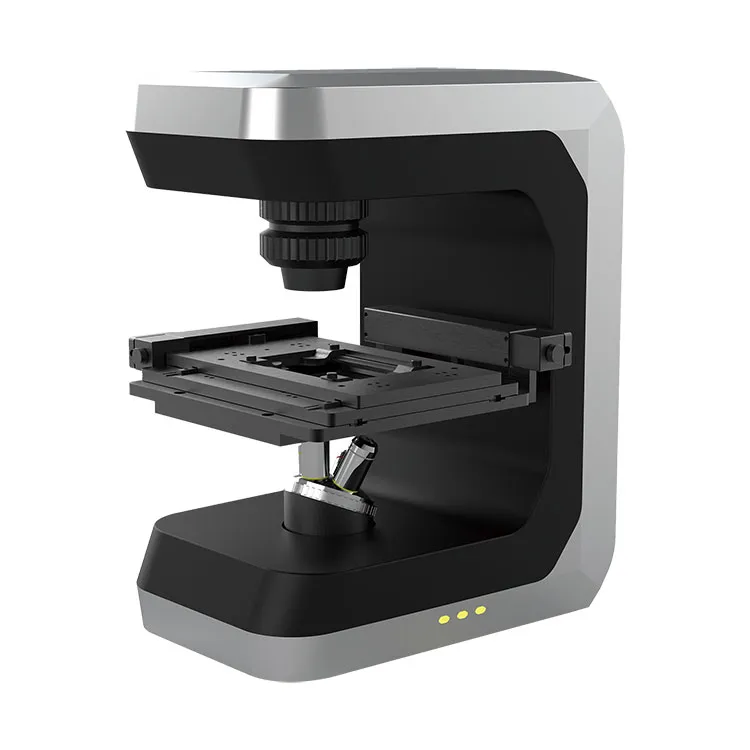The Future of Cellular Research: Unveiling the Potential of 3D Cell Microscopy
2024-08-13
In the ever-evolving field of cellular biology, the 3D cell microscope has emerged as a groundbreaking tool, offering unparalleled insights into the intricate world of cells. Traditional 2D microscopy, while valuable, often falls short in providing a complete understanding of cellular structures and their functions. The introduction of 3D cell microscopy addresses this limitation by enabling researchers to visualize cells in three dimensions, revealing previously unseen details.

What is a 3D Cell Microscope?
A 3D cell microscope is an advanced imaging device that allows scientists to capture high-resolution, three-dimensional images of cells and tissues. Unlike conventional microscopes, which only provide a flat, two-dimensional view, 3D microscopes offer depth, allowing researchers to explore cellular structures in greater detail. This technology typically involves the use of confocal or multiphoton microscopy techniques, which capture multiple layers of the specimen and reconstruct them into a 3D image.
Applications of 3D Cell Microscopy
The applications of 3D cell microscopy are vast and transformative. In cancer research, for instance, this technology enables scientists to study tumor cells in their natural environment, providing insights into how they grow, spread, and respond to treatments. In neuroscience, 3D imaging allows researchers to visualize complex neural networks, helping to unravel the mysteries of brain function and disorders. Additionally, 3D cell microscopy is revolutionizing drug discovery by enabling high-throughput screening of cellular responses to potential therapeutics.
Advantages Over 2D Microscopy
The transition from 2D to 3D microscopy brings several advantages. First, it provides a more accurate representation of cellular structures, leading to better understanding and more reliable data. Second, it allows for the observation of cellular processes in real-time, offering dynamic insights into how cells interact, divide, and move. Lastly, 3D microscopy reduces the risk of missing critical information, as it captures the entire structure of the cell rather than just a single plane.
Challenges and Future Directions
Despite its many benefits, 3D cell microscopy is not without challenges. The complexity of data analysis is a significant hurdle, as the large volumes of data generated require advanced computational tools for processing and interpretation. Moreover, the high cost of 3D microscopes and the need for specialized training can be barriers to widespread adoption.
However, the future of 3D cell microscopy is bright. Advances in artificial intelligence and machine learning are expected to simplify data analysis, making the technology more accessible. As the cost of equipment decreases and more researchers adopt 3D imaging techniques, the impact on cellular research will only continue to grow.
In conclusion, the 3D cell microscope represents a monumental leap forward in cellular research, offering a deeper understanding of the building blocks of life. As technology continues to advance, the potential for new discoveries and innovations in biology and medicine is limitless.


